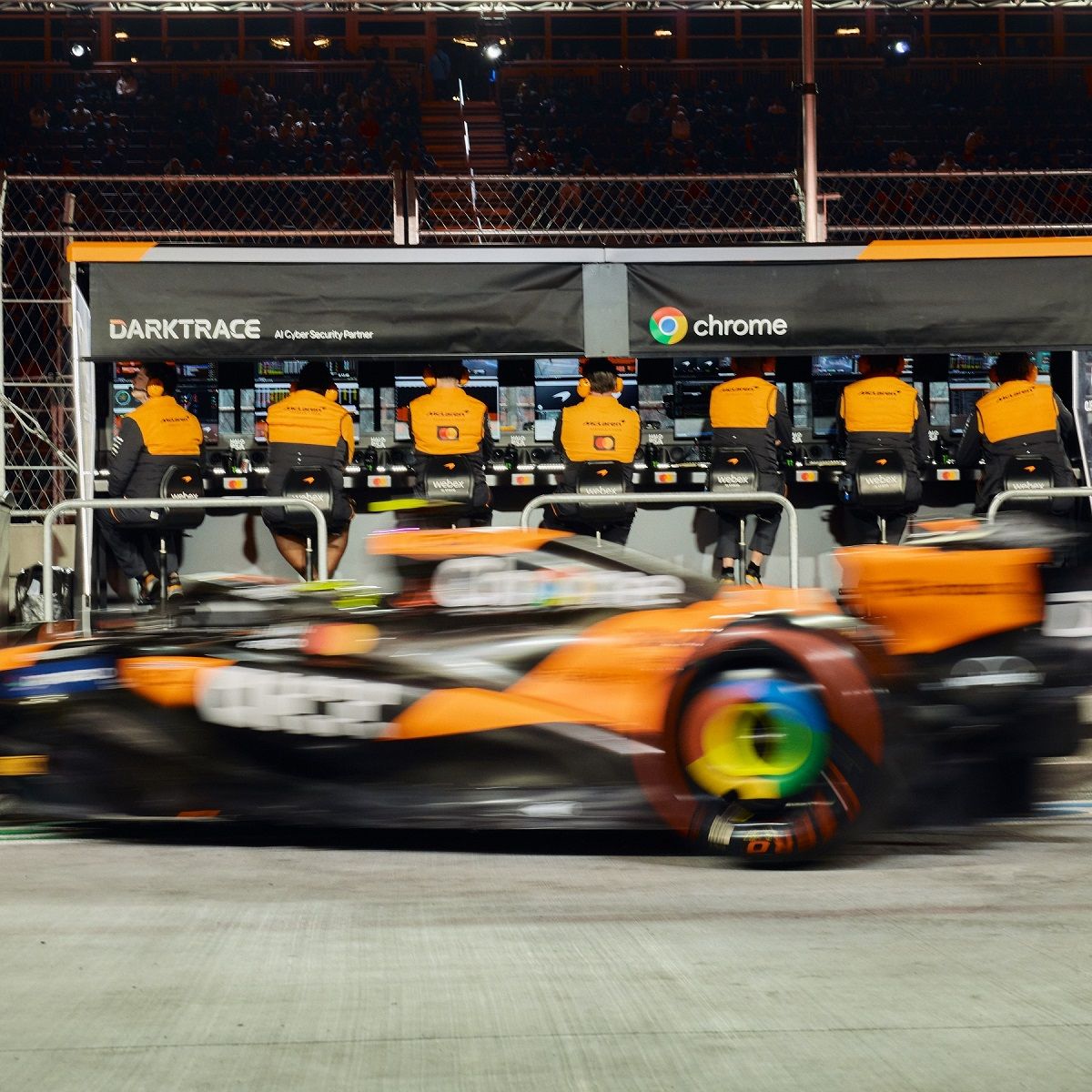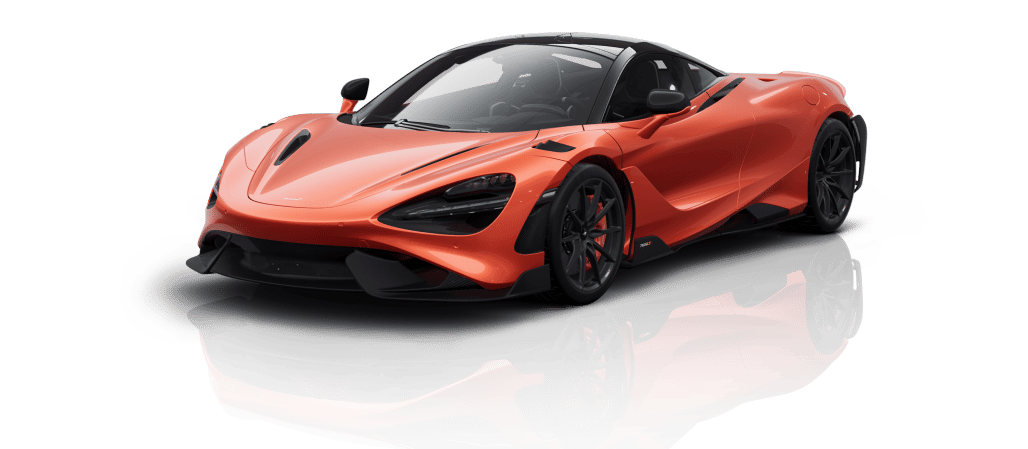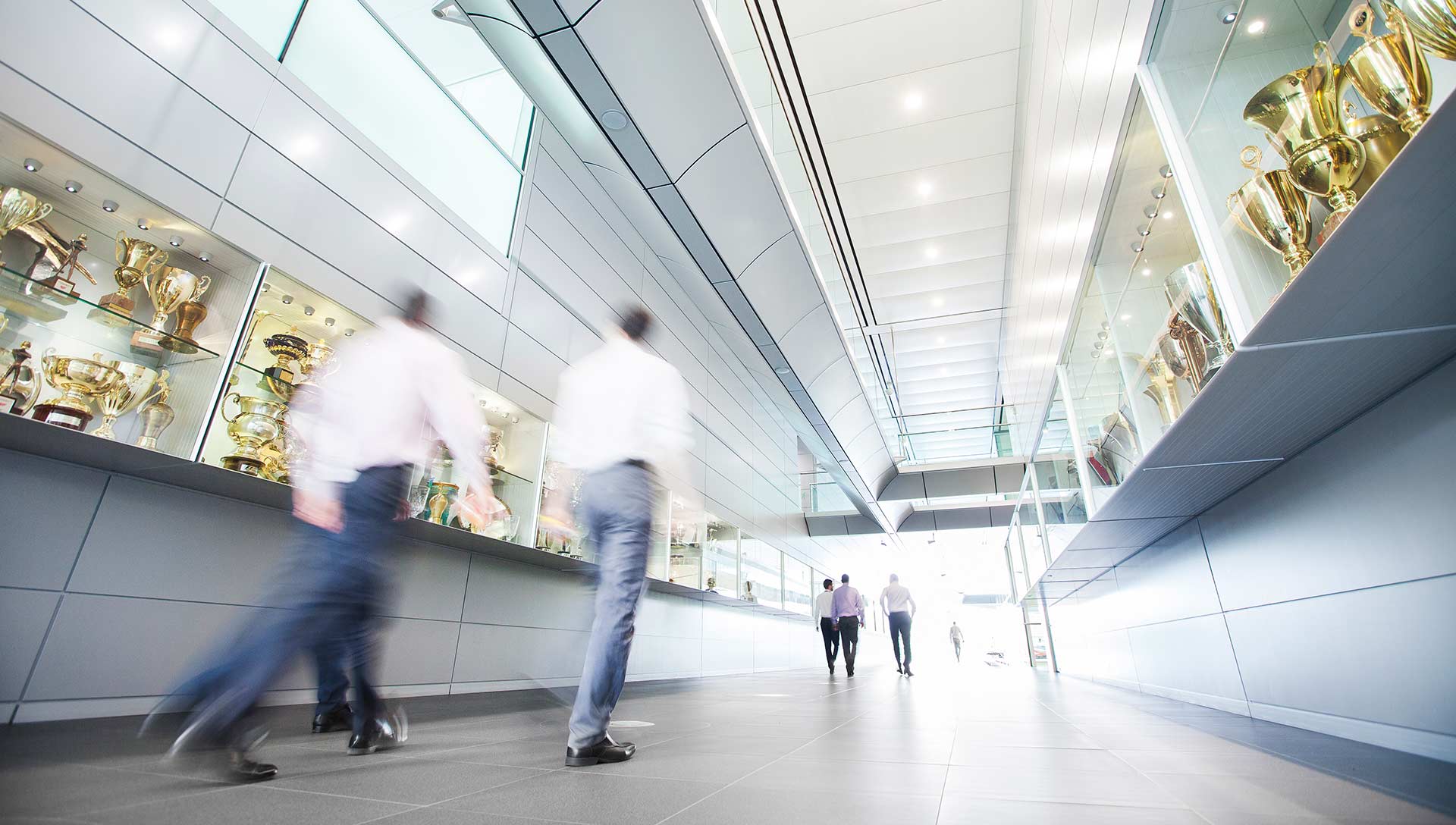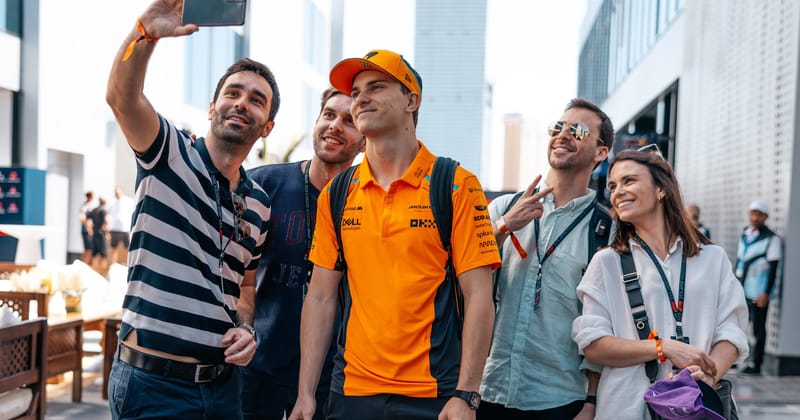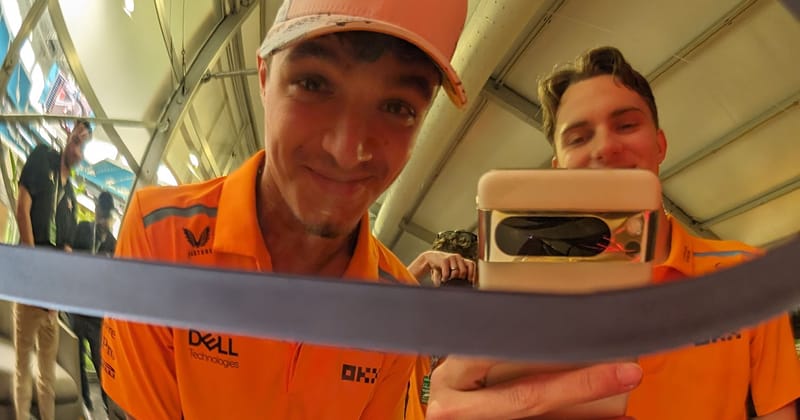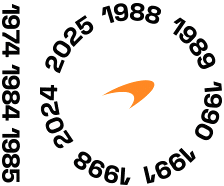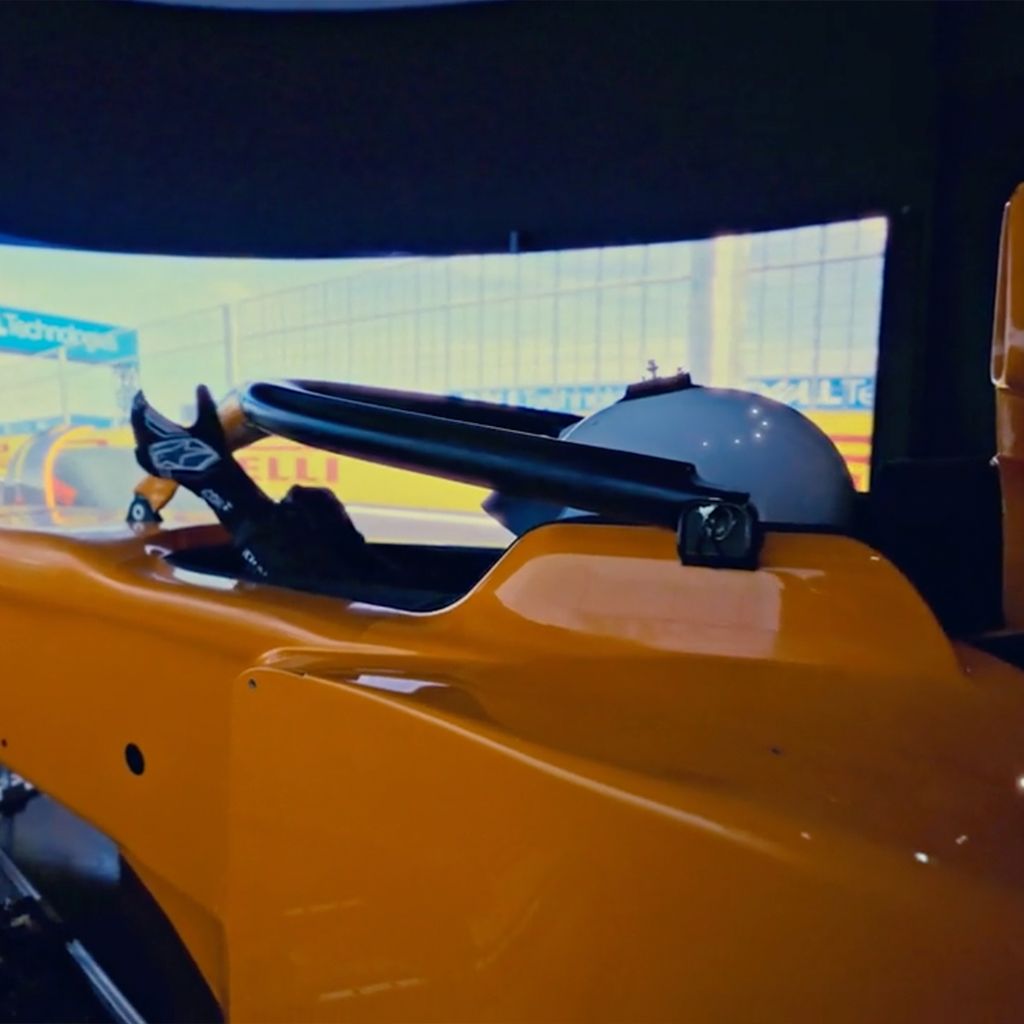
A day in the life of a McLAREN F1 Team Test and Simulator Driver, with Will Stevens - presented by Dell Technologies
Part IV: When Lando and Oscar jump out of the car at the track, Will Stevens jumps into the sim at the MTC

Read time: 11.2 minutes
Although long thought to be a myth, the lesser-spotted ‘perfect weekend’ does actually exist in Formula 1 – it’s just fleetingly rare.
Sometimes, the cars roll out of the garage for the first Free Practice session, and the lap times are impressive from the start. The drivers are happy, and the team is confident that they have the setup nailed.
More often, race weekends are a process of gradual evolution. The team tweaks the setup during each practice session, with the car improving run-by-run until it reaches its final spec for Qualifying, 26-and-a-half hours later. What the outside world doesn’t see is that many of these runs – perhaps even the majority – don’t happen at the race track. Instead, they take place in the simulator, back at the McLaren Technology Centre. This is the domain of Test and Simulator Driver Will Stevens.
In a four-part series with Dell Technologies, our Official Innovation Partner, we’re exploring how different teams across the business utilise data with the help of Dell Technologies on a typical working day. For this fourth piece, we spent the day with Will at the MTC during the Austrian Grand Prix.
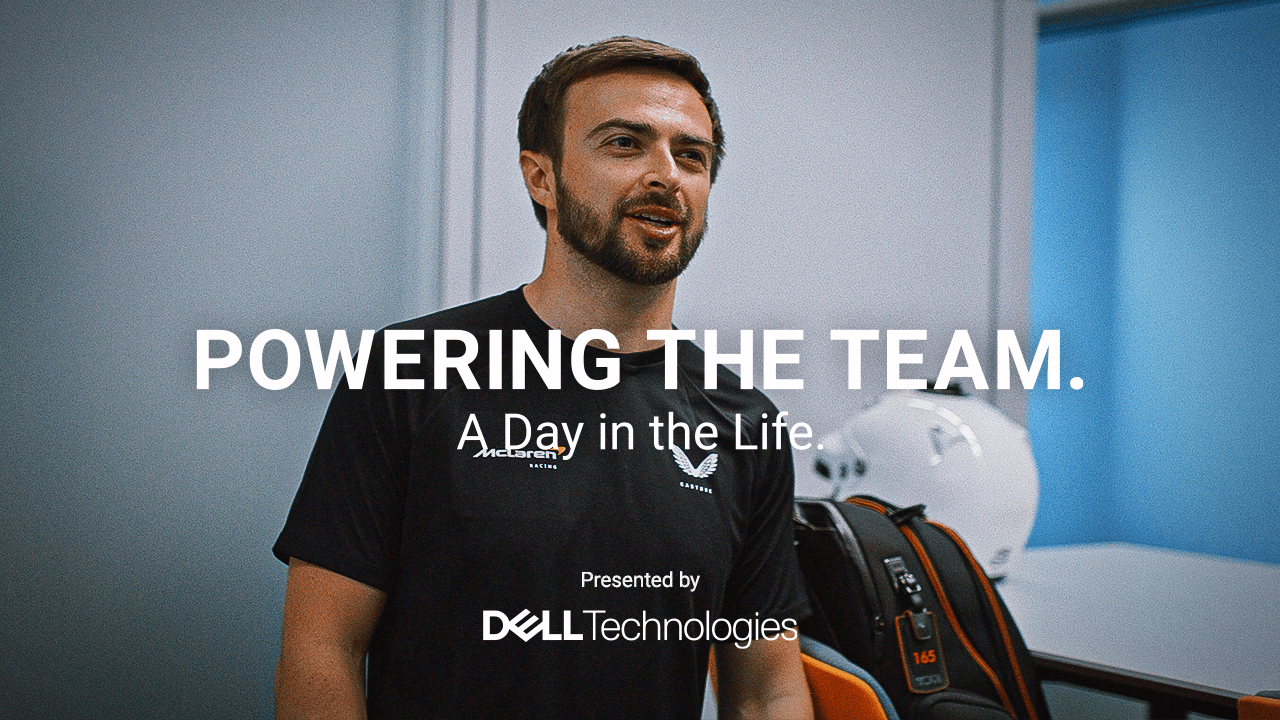
Supporting from the factory
Will raced in Formula 1 for the Caterham and Manor teams in 2014 and 2015, before turning his attention to sportscars and prototypes. He’s a two-time class winner at the 24 Hours of Le Mans and won the LMP2 class of the World Endurance Championship (WEC) in 2022.
For the past eight seasons, he’s dovetailed his commitments in WEC and other sportscar championships with a role as a Test and Simulator Driver for the McLaren Formula 1 Team. He’s one of the many individuals who fulfil a crucial role in delivering performance over the race weekend from the MTC, McLaren’s factory.
“My job is to bridge the gap between real life and the virtual world in the simulator,” says Will. “You can break it down into three primary tasks: the first is general development of this year’s car, ultimately trying to make it quicker. The field is so close now that even if we can find a few hundredths of a second, it’s going to make a difference. Beyond that, there’s obviously a big regulation change coming, so a lot of our focus now is taken by that, developing everything from suspension to aerodynamics for 2026.
“The third and final part is race weekend support. This is me and the simulator engineering team and me, here at the factory, while the cars are on track. Doesn’t matter where the team is in the world, or what hour of the day that translates to here in Woking, we’ll be here providing input into decision-making.”
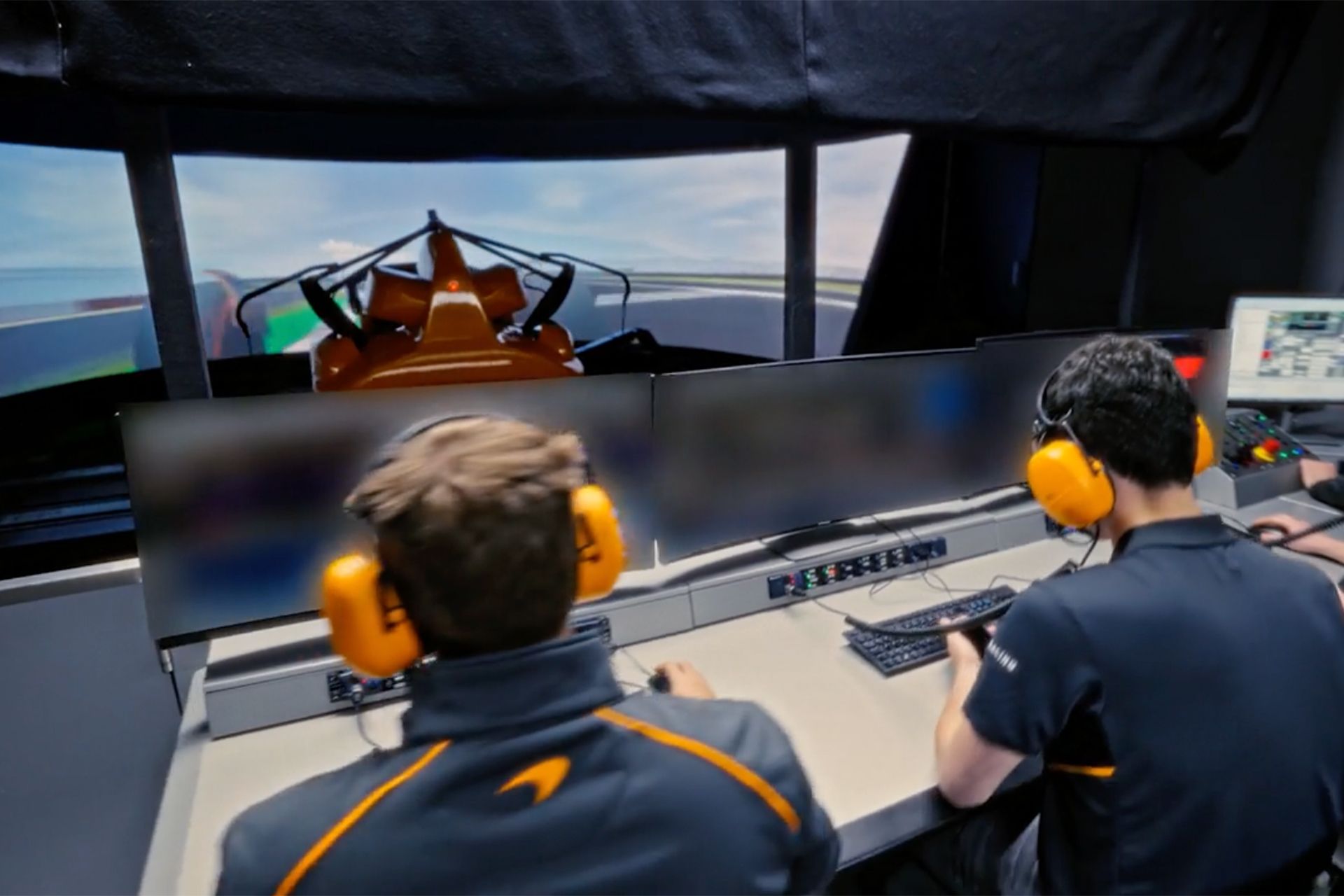
Impacting Grands Prix
It’s the latter that brings Will to the MTC today. It’s the Friday of race week, and Will is about to swing into action as Free Practice gets underway.
The driver-in-the-loop simulator has significantly evolved over the past two decades, undergoing a major leap forward out of necessity when F1 imposed strict limits on in-season testing back in 2009, making simulator running the default practice tool.
During a race weekend, the simulator serves a slightly different purpose. Track time is precious during the two one-hour practice sessions on Friday, separated by a two-and-a-half-hour gap.
In the garage, the crew are limited by the clock, and tasks such as changing a rear wing may take 20 of the 60 minutes available. In the simulator, though, even complex jobs jobs such as this, or an undertaking even more complicated, like a suspension geometry change that would require the gearbox to come off, can be completed in just a few mouse clicks.
“On track, they can only try maybe two or three things during the session, but we can do a lot more,” says Will. “We’ll run through many different setup variations and narrow it down to the few items we think are the most powerful to try on track. That’s our main job during the session.”
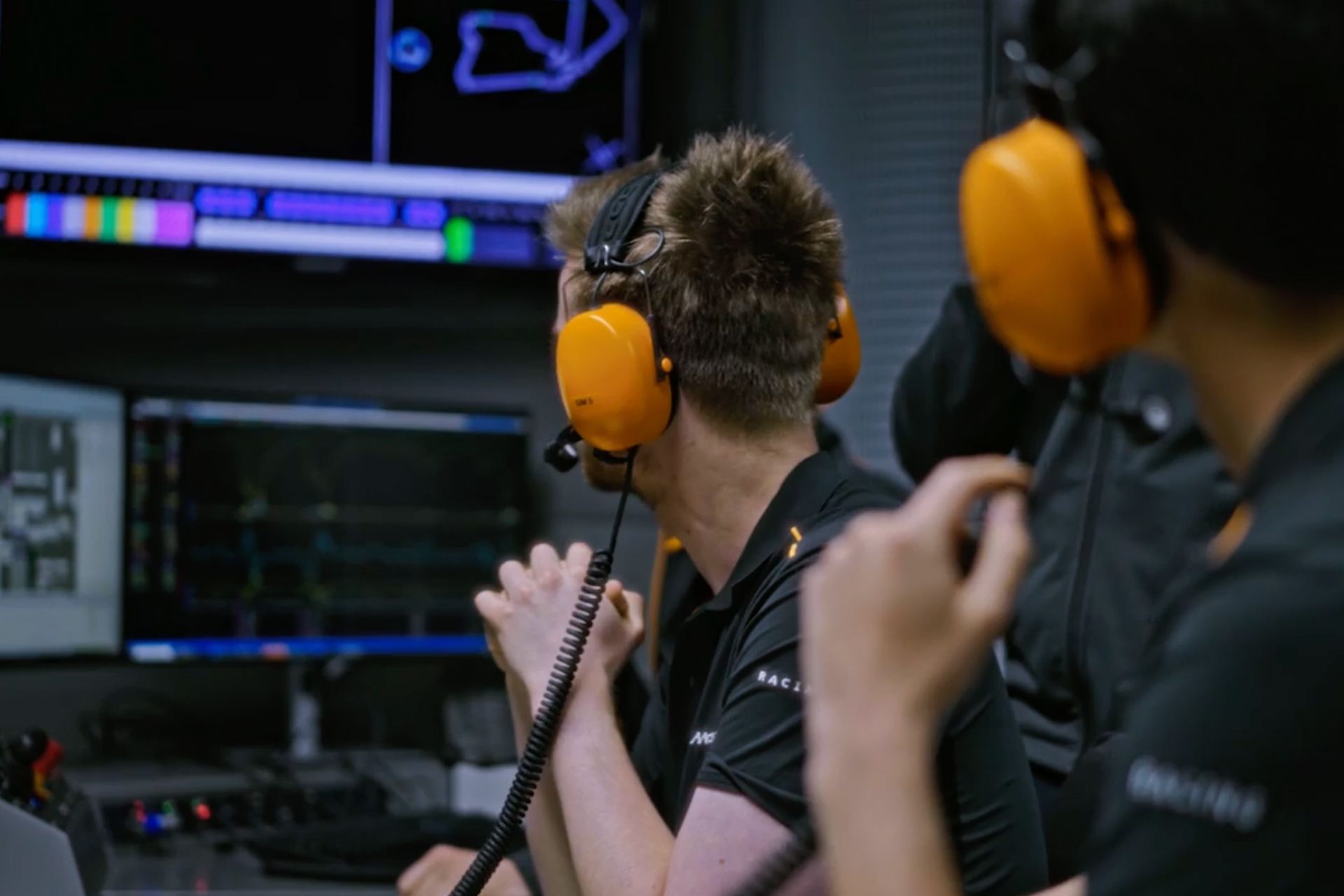
Following the sessions
A day of race support is long, and often involves working unsociable hours, but the routine is comfortable, says Will. “The hours for race weekend support can be a little strange, but it’s actually the more relaxed sort of day. Our general race support on Friday consists of between 10-12 hours. We start our day around 30 minutes before the cars go out for FP1. We watch that and listen to the comms from the garage and drivers, and start to build a picture of what they’re experiencing, and what the limiting factors are in the car.
“Whenever they're on track, I’m not in the car and we’re looking at data and watching from onboard cameras. When they’re not on track, that’s when I get into the simulator and try to put in as many tests as we can in the time available.”
“As soon as FP1 ends, we’ll start our initial correlation runs and see how well the simulator replicates what happens on track, primarily in terms of car balance, so that we’re ready to support the trackside team and do whatever tests they ask of us.”
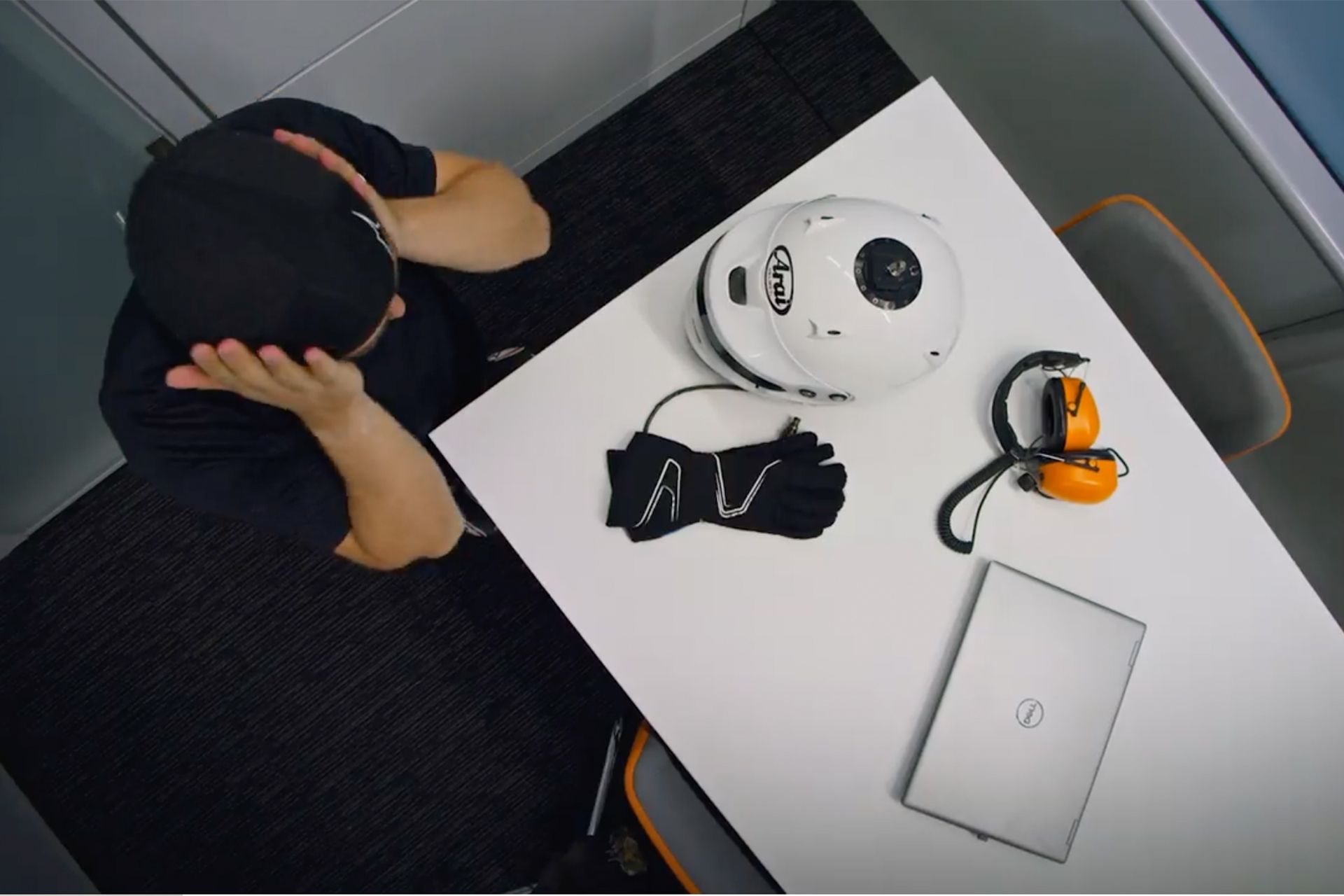
Putting in the hours
Our class-leading, next generation simulator relies on high-end, bespoke-configured Dell hardware, with processing power specified to drive the motion platform and provide the graphics for the wrap-around display.
In some ways, the setup resembles a high-end gaming rig, but where the simulator really diverges is in the underlying vehicle model. While racing games can be impressively detailed, they often take a pragmatic approach to vehicle dynamics. Our car model, however, is as faithful as physically possible to the MCL39.
Will spends around 50 days a year in the simulator, and while track support may be less intense than development work, he’ll still emerge red-eyed, having put in perhaps 150 laps across the session – more than double a race distance – with the hours after FP2 having the most intense workload.
“That’s where the main pressure comes,” says Will. “We have a window of two or three hours post-FP2. There’s a chassis performance review at the track, and we have to feedback the information we’ve gathered in our day, into that meeting.
“At that point, decisions are made on how the car is going to be put together for FP3 [the final 60 minutes of practice held on Saturday, before Qualifying]. We’ve therefore got a deadline to work to. We try to squeeze in as many runs and tests as we can, and generally be as productive as possible to feed as much information as we can into that meeting.
“This is the main part of the job – but the very last part of my day is to test that setup for FP3 to provide feedback to the trackside team for when they arrive at the track the following morning.”
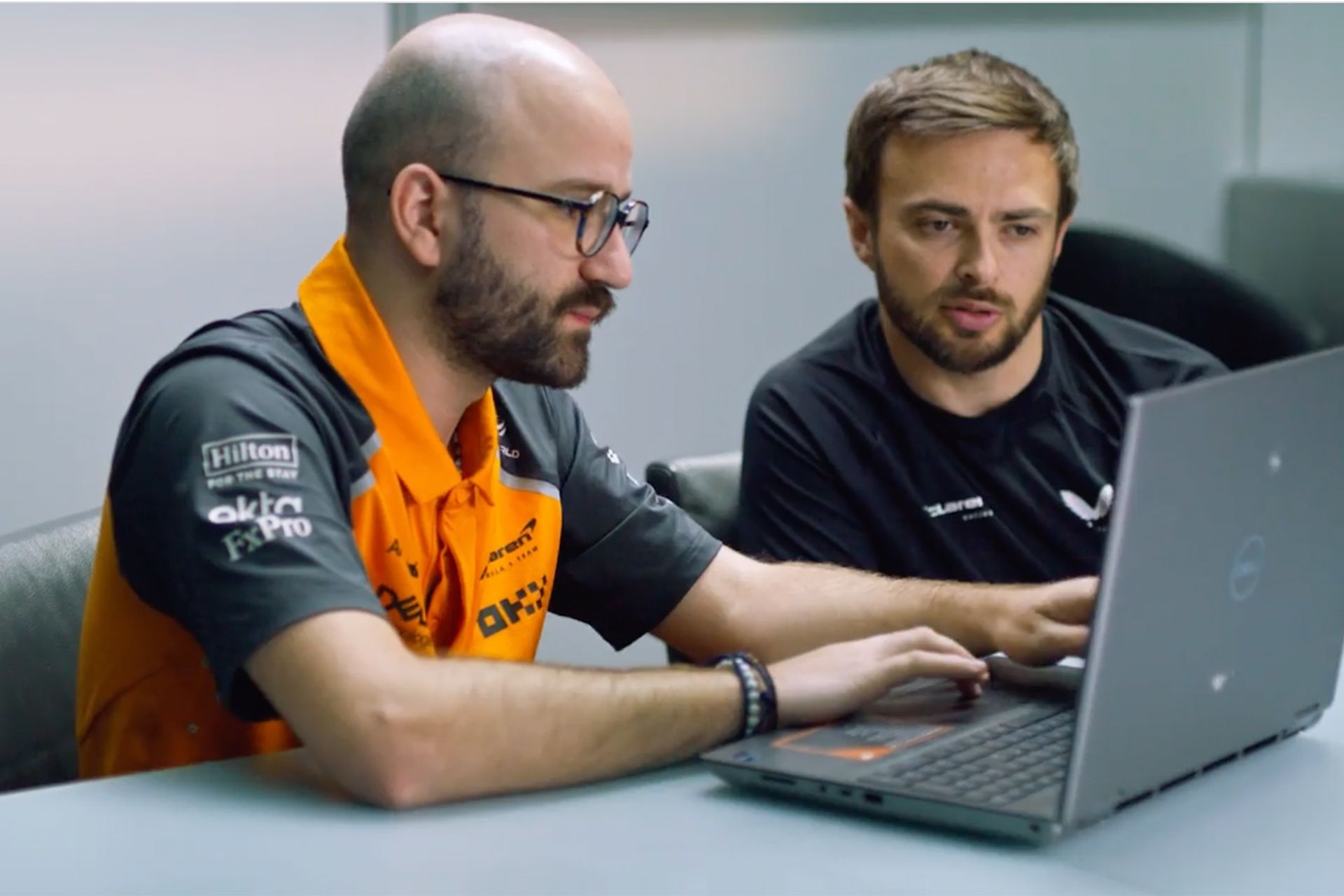
Style, in addition to substance
Will is an elite driver who has won races in almost every series he’s driven. He’s fourth in the standings in his Hypercar season with Cadillac, having finished in the points in all seven rounds so far, including a victory in Round 5 in the Six Hours of São Paulo, and is also the holder of an FIA Platinum licence. But doing a good job in the simulator relies on more than driving talent and experience. He has to be something of an artist: not only driving the simulator but driving it in the styles of Oscar and Lando.
“I think they have similar driving profiles, but there are nuances,” says Will. “I try my best to switch between both when we're simulating Lando’s car or Oscar's car, which can be tricky when we’re rapidly switching between the two, as is sometimes required. It’s an important part of the job though, because, if you drive very differently to their inputs on track, you can influence the outcome of the test. It’s on me to drive like them as best as I can.”
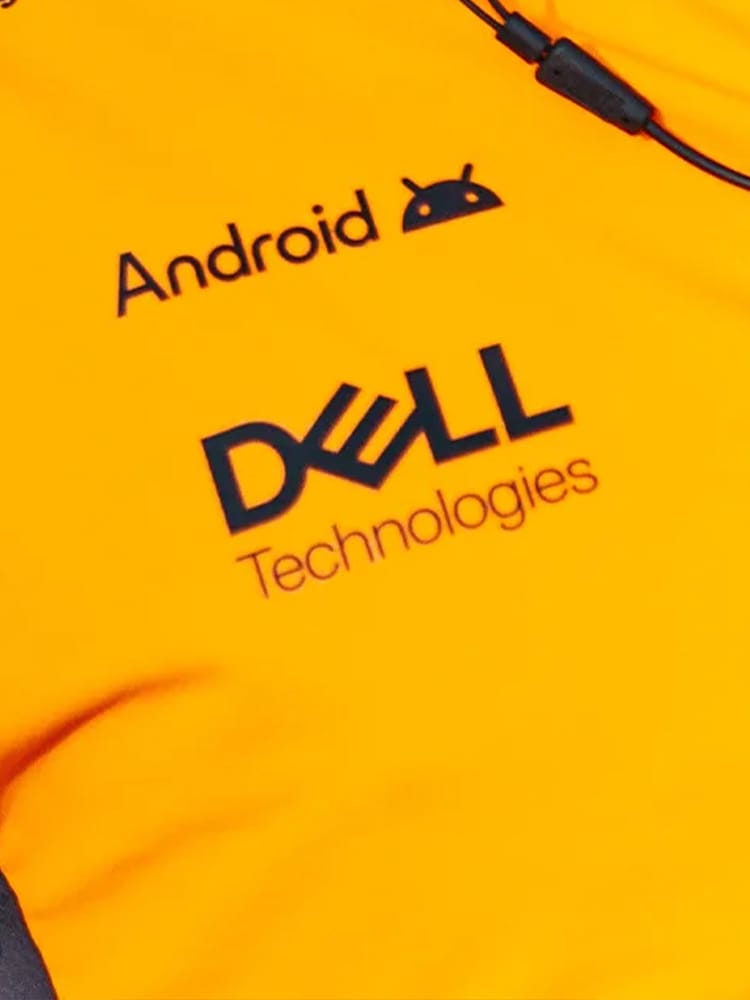
Dell Technologies Official innovation partner
Satisfaction of the sim
Will’s experience greatly benefits McLaren, but it’s a mutually beneficial relationship, as his time in the McLaren simulator also aids his own racing career.
“I’m loving it,” Will explains. “I think my role here at McLaren makes me a better all-round driver. I’ve gained a good knowledge of development and understand what cars need to go fast. That’s become a strength, which is useful as a development driver but ultimately also something I can use in my World Endurance Championship programme – but I also get out on track in the F1 car a few times a year in the TPC programme – and that’s a really nice perk!”
As Official Innovation Partner of McLaren Formula 1 Team, Dell Technologies enables McLaren Racing’s team to anticipate and solve problems before they occur. Find out more here.
Recent articles
All articles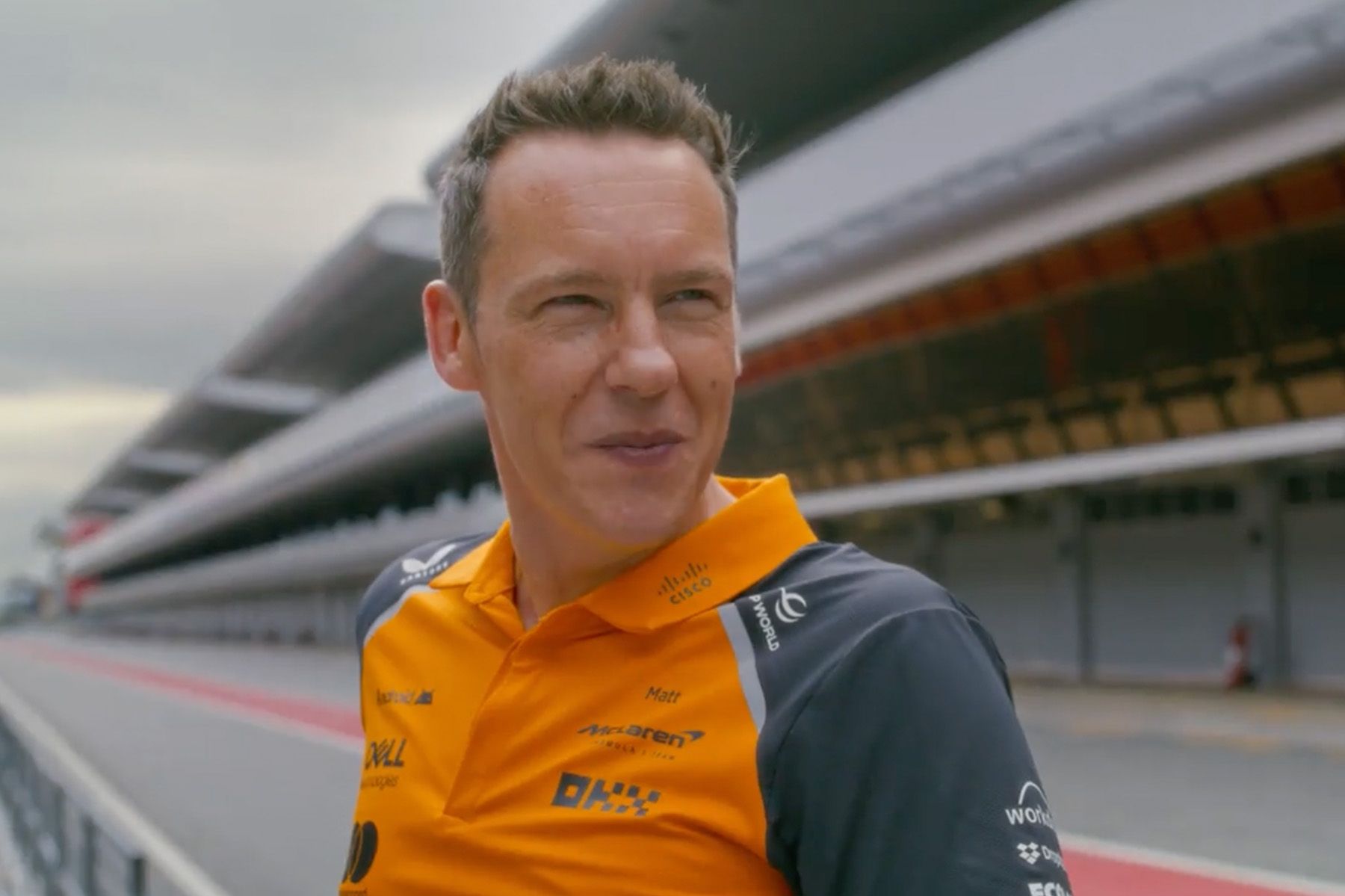
A day in the life of a McLaren Formula 1 Team IT Operations Engineer, with Matt Berger – presented by Dell Technologies
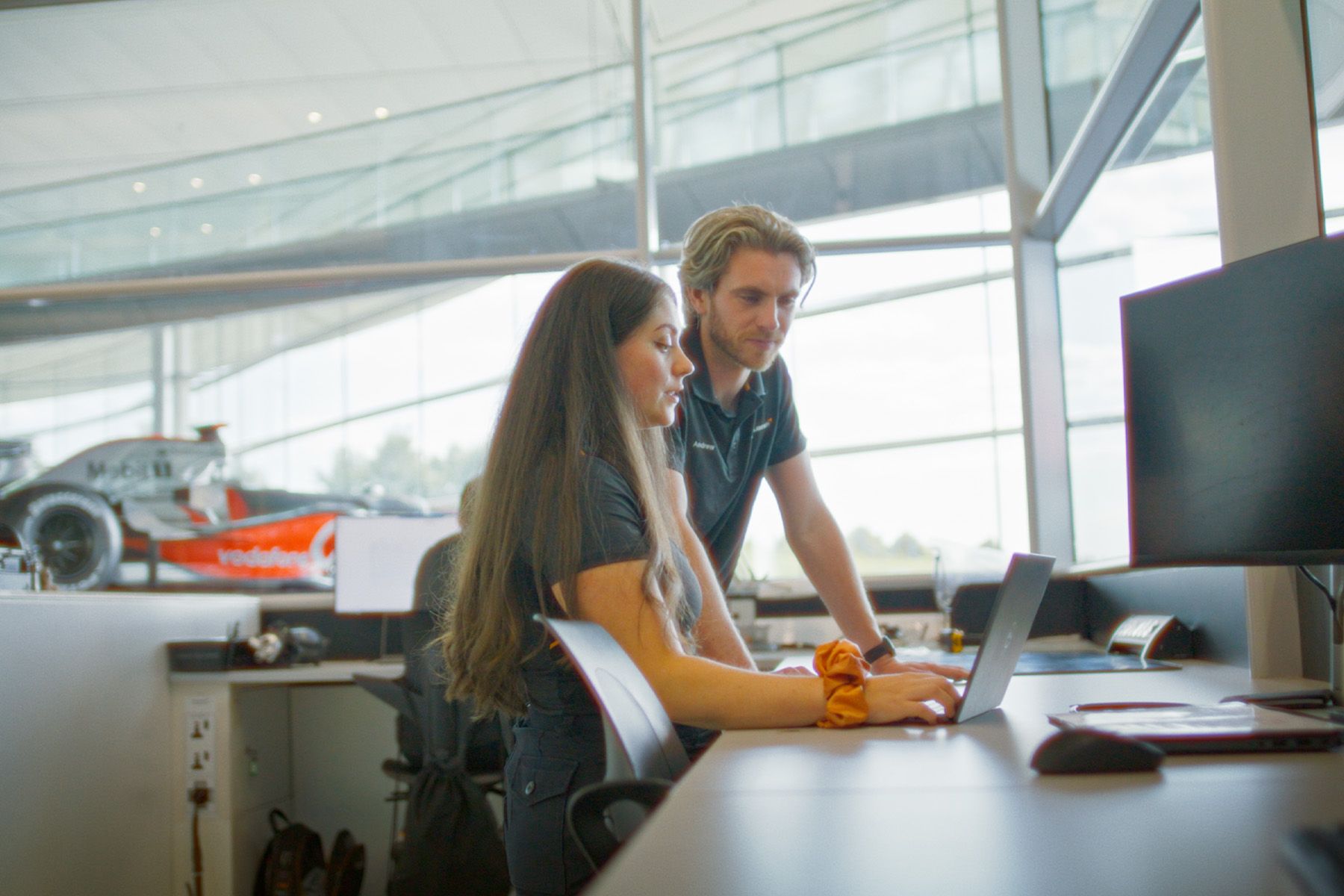
A day in the life of an F1 Trackside Reliability Engineer, with Abbie Robison – presented by Dell Technologies

A day in the life of an F1 Data Scientist, with Jude Hunt – presented by Dell Technologies

Building and setting up an F1 car with Dell Technologies’ AI Factory
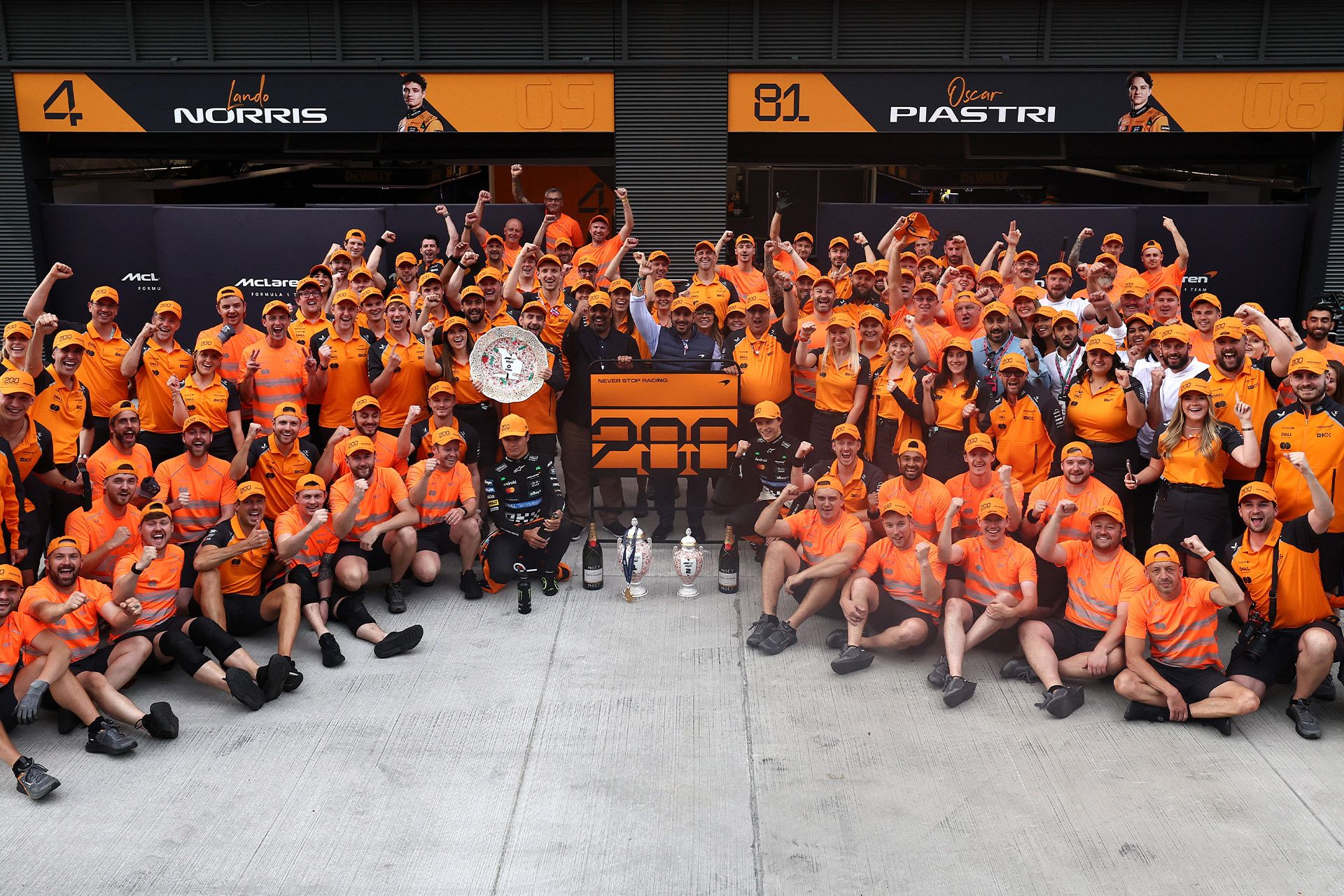
McLaren’s 10 defining Formula 1 victories

How AI is revolutionising F1 - Presented by Dell Technologies
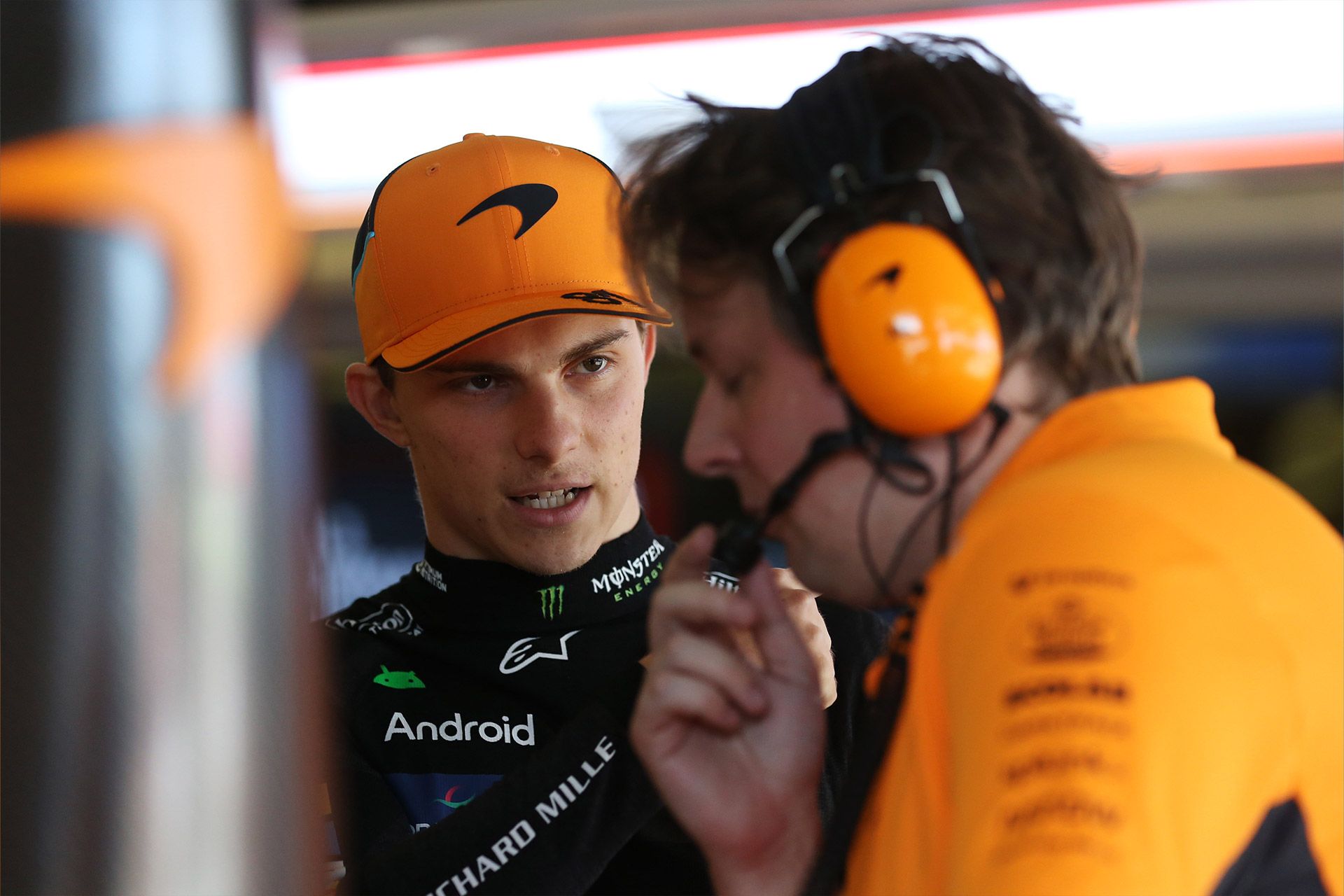
Working proactively to overcome challenges with the Dell Technologies’ AI Factory
